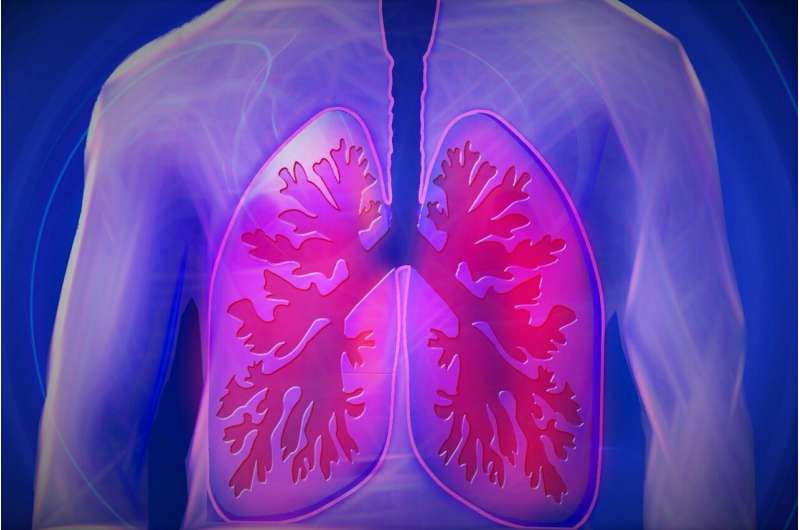Preclinical Research Highlights Potential of Modified Protein in Heart Attack Recovery

Preclinical research from Cedars-Sinai reveals that maintaining the activity of the NCX1 protein could enhance heart attack recovery, challenging previous assumptions about calcium regulation in cardiac injury.
A new preclinical investigation conducted by Cedars-Sinai's Smidt Heart Institute challenges previous beliefs about the role of the NCX1 protein in cardiac damage during a heart attack. Traditionally, it was thought that inhibiting NCX1, which is responsible for regulating calcium within cells, would be beneficial in reducing cardiac injury. However, the recent study suggests that preserving or maintaining the activity of NCX1 might actually provide more protective effects.
In this study, scientists used gene editing techniques to develop a mutant form of the NCX1 protein in laboratory mice. This mutation enabled the protein to function efficiently even under the acidic conditions generated during heart attacks. The modified mice demonstrated better calcium homeostasis, preserved heart function, and experienced significantly less cardiac damage compared to mice with the unaltered protein.
The findings, published in the Proceedings of the National Academy of Sciences, imply that strategies aimed at maintaining NCX1 activity could be more effective in minimizing heart damage after ischemic events. Dr. Joshua I. Goldhaber from Cedars-Sinai emphasized that these results may redirect clinical approaches to reducing cardiac injury. Furthermore, the study underscores the importance of calcium regulation in heart cells, highlighting potential avenues for future research on calcium management in various physiological conditions.
This investigation opens potential pathways for the development of therapies targeting NCX1, with a focus on sustaining its function during cardiac ischemia, ultimately aiming to improve outcomes for heart attack patients.
Stay Updated with Mia's Feed
Get the latest health & wellness insights delivered straight to your inbox.
Related Articles
Recall of Zicam and Orajel Swabs Due to Fungal Contamination Risk
Certain Zicam and Orajel nasal and teething swabs are being recalled due to potential fungal contamination, posing health risks especially for children and immunocompromised individuals.
Promising Results in First Human Trial of Targeted Therapy for Relapsed Small Cell Lung Cancer
A Phase I study showcases promising safety and efficacy data of SHR-4849, a targeted antibody-drug conjugate, in relapsed small cell lung cancer patients, paving the way for further clinical development.
Innovative Llama Antibody Technology Paves the Way for New Schizophrenia Treatments
A groundbreaking therapy using llama-derived nanobodies has shown promising results in improving cognitive deficits in preclinical schizophrenia models, offering hope for innovative treatments targeting neural dysfunctions.
High-Fat Diet Linked to Memory Impairment Through Disruption of Cellular Recycling
New research links high-fat diets to memory impairment by disrupting the brain's cellular recycling process. Enhancing autophagy could offer protective strategies against cognitive decline.



